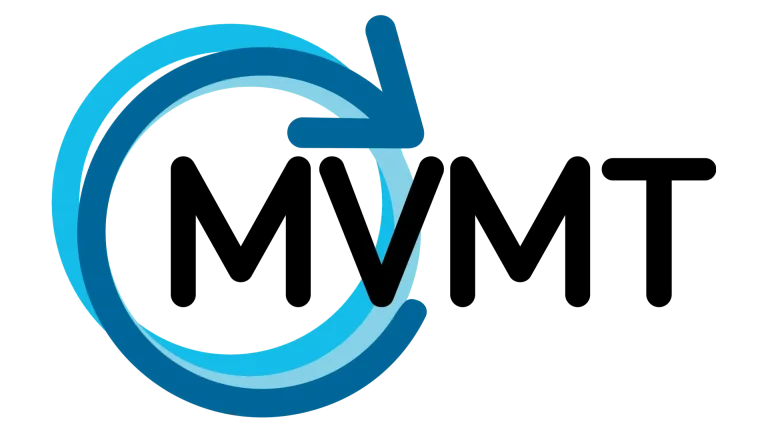Are These Common Injuries Causing Your Lower Back Pain?

There are common issues that bring people to physical therapy. From earlier posts, we shared that musculoskeletal injuries make up 24% of all self-reported medical conditions, the highest of all conditions.
We also shared that lower back pain affects patients most from age 44 onwards (age 65-74 being the highest prevalence).
But there are many types of low back pain, and it is often difficult for patients to understand their pain, especially in light of the breadth of information available on the internet.
The spine is an amazing piece of architecture, so we wanted to have a general discussion on the different types of injuries that fall into the lower back pain bucket.
The lumbar spine is defined as the segment of the lowest 5 vertebrae of the spine, what we generally call our “low back”.
There are discs separating each vertebrae, and nerves from the spinal cord exit through spaces between each vertebrae.
The lumbar spine sits on top of the sacrum, or tailbone, and is also in very close proximity to either half of our pelvis.
The low back gets used so much in our daily life. It is the bony architecture along the back side of our “core” (more on that later!).
It is not until we sustain a low back injury that we truly discover how much we use and abuse, it in everyday activities.
During acute injury, we find that lifting, sitting, walking, standing, sleeping, sports, and yes, sex, are painful and difficult.
The lumbar spine is designed to flex and extend and has very limited rotation (about 3-5 degrees per segment). It is also used as a shock absorber via the discs and natural curve.
All injuries that cause lower back pain are not the same.
So how do we know the difference?
Many times, you will tell me which type you have.
Before we get started – If you have back pain, I strongly recommend getting your FREE copy of my expert report – The Back Pain Fix – which contains vital information, common mistakes to avoid, and exercises to help you get quick, natural lower back pain relief.
Click Here To Download Your Free Back Pain Report
Herniated Nucleus Pulposus – AKA Herniated or Bulging Lumbar Disc
The most common type of lower back pain we see is from a herniated, or bulging, lumbar disc.
The disc material can get “squished out” and press on a nearby nerve.
The lower back pain can often be intense and travel from your low back and glutes down to your thigh, calf, or even heel and toes.
Radiculopathy, or “sciatic pain”, is a large cause of disability and time lost from work.
Patients often report pain after an increase in their sitting for work or travel, lifting something heavy, or shoveling dirt or snow. Numbness, tingling and/or weakness may be present.
Degenerative Disc Disease
Over time, the disc material between the vertebrae can lose fluid, elasticity, and eventually, thickness.
Degenerative Disc Disease is diagnosed with an x-ray, which reveals a decrease in the disc height.
Patients often report a gradual or sudden onset without trauma, a low-grade aching across the low back, muscle tightness, stiffness, and no radiating.
Stenosis
Spinal stenosis is a gradual change in the bony architecture of the spine.
It is classified as central stenosis or foraminal stenosis, depending upon the location of the bony changes.
The onset is also usually gradual, with stiffness and aching.
Patients often describe the pain as “burning” which may be generalized across the low back, or travel slightly down the legs, and feels worse with walking.
Spondylosis
Spondylosis is the degeneration, or arthritis, of the joints between one vertebrae and the next.
Lower back pain from spondylosis is usually described as dull and achy, and may get worse over time, like at the end of the day.
How To Treat Lower Back Pain From These Common Conditions
Treatment for each diagnosis is slightly different and depends largely on the deficits and dysfunctions of the patient.
At the very least, you can expect treatments to consist of manual therapy, therapeutic exercises, functional training, and postural re-education. Much of our functional training will focus on lifting techniques and body mechanics.
If you have lower back pain, you should not self-diagnose it.
Instead, seek medical treatment by visiting my clinic, and have an expert physical therapist evaluate your condition and develop a proper diagnosis and treatment plan to help address your pain.
Early diagnosis and treatment are key to getting you better, faster.
The longer you wait (and compensate), the longer and more challenging it is to get you out of compensatory habits and restore your full function.
Come in, and let’s get “back” to feeling better!
To give you the opportunity to find out what’s happening with your lower back, and why the pain isn’t going away, we are offering a limited number of Free Back Pain Assessments.
The free appointments are “no-sweat”, 30-minute visits with an expert physical therapist who give you personalized advice on the best lower back pain treatment options that are right for you.
It’s 100% free, and as there is such high demand at our New York clinic, we have to put a limit on the number of Free Back Pain Assessments available.
To arrange yours, simply call us on 646-430-5717 or click the link below.
Arrange Your Free Back Pain Assessment
6 Proven Tips To Relieve Your Lower Back Pain
To learn how to stop your lower back pain, make sure to download your free special report – The Back Pain Fix
In this free special report, you can discover 6 powerful tips to ease your lower back pain quickly and get back to working out hard, sleeping and sitting comfortably, and staying away from painkillers.
